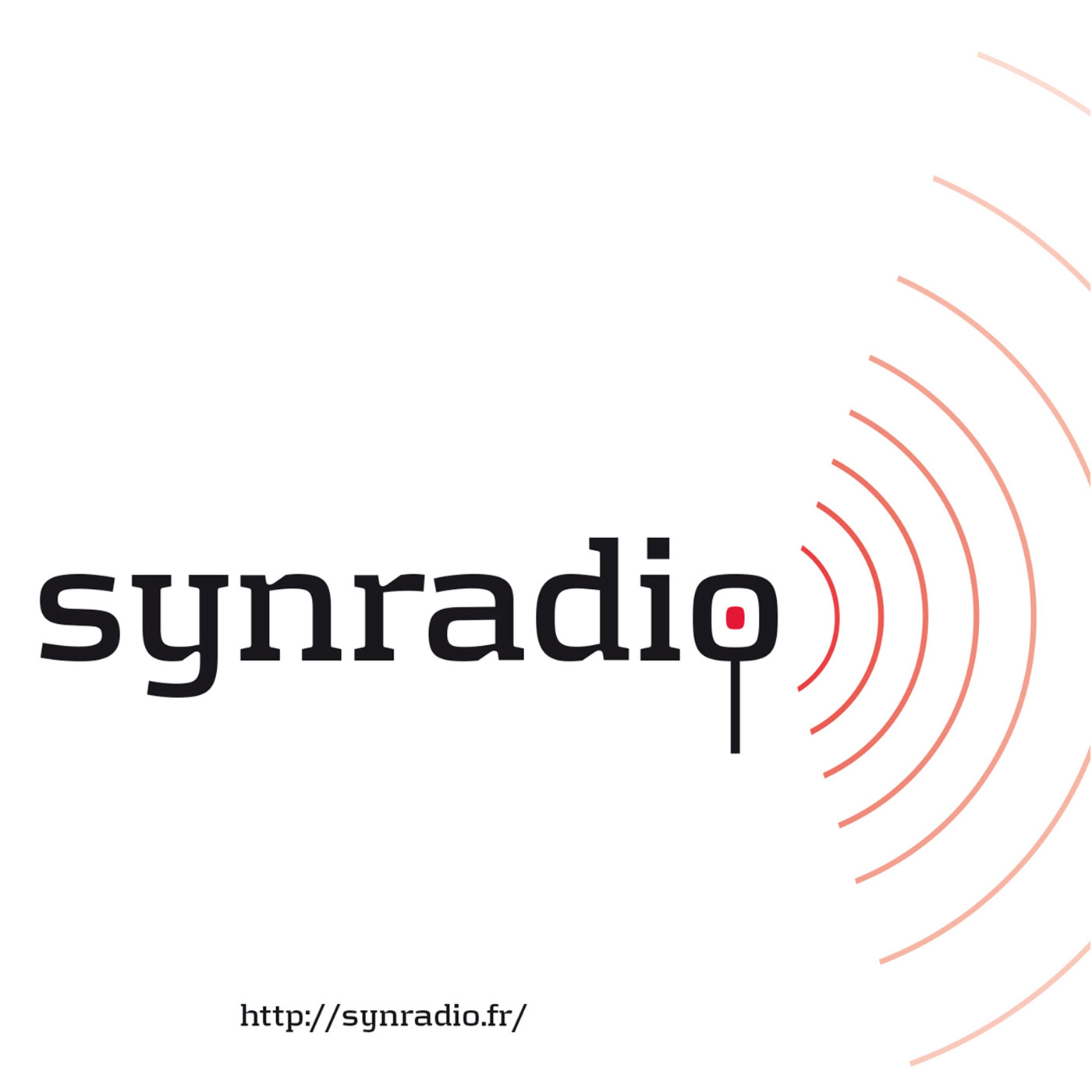Podcast: Play in new window | Embed
Subscribe: Apple Podcasts | Spotify | Android | Podcast Index | Email | Deezer | RSS | More
DEAN ROSENTHAL
Le travail présenté ici pour webSYNradio s’étend sur près d’un quart de siècle, ce qui me fait sentir assez vieux, mais peut-être suis-je un peu plus sage, et je ne suis pas si vieux que ça. De plus, j’ai passé les cinq dernières années à rédiger la première histoire orale de la musique expérimentale aux États-Unis pour Oxford University Press, qui sera bientôt publiée (cela dépend du moment où vous lirez ces lignes). J’aime lire au moins quelques informations sur les compositions que j’écoute avant ou pendant mon écoute, il me semble donc normal d’offrir un peu plus de détails que communément pour documenter ce podcast.
The work I’ve done here for webSYNradio spans almost a quarter century, which makes me feel pretty old, but perhaps I’m a little wiser, and I’m not that old, and besides, I’ve spent the last five years writing the first oral history of experimental music in the United States for Oxford University Press, which is forthcoming (that depends on when you read this). I like to read at least a little bit about compositions I’m listening to before or during my listening, so it seems only fair to offer a little more detail than others.
Timing & Track Order
- (0:00) Menemsha Village
- (22:52) Feldman (Morton Feldman)
- (23:45) There Was Only One of Her (Vivian Perlis)
- (34:40) Satieated (Erik Satie)
- (35:40) It Would Enter Sort of Invisibly (Lou Harrison)
- (36:46) Ear Trainer
- (48:07) Prospect Park Lake, Brooklyn, New York; Stones/Water/Time/Breath (Edition Wandelweiser Records 1909)
All music courtesy of the composer and the Rodgers and Hammerstein Archives of Recorded Sound at The New York Public Library for the Performing Arts.
Field Recordings
Menemsha Village (2010) est un enregistrement de la bouée et de la plage environnante à Menemsha, un village de la ville de Chilmark sur l’île de Martha’s Vineyard. Curieusement, l’enregistrement est en mono, ce qui convient parfaitement à l’esthétique lo-fi que j’utilise pour cette pièce. Fondamentalement, Menemsha Village montre comment des sons et des scènes quelque peu banals peuvent devenir musicaux, selon la façon dont nous les écoutons.
Menemsha Village a été initialement présenté sous forme d’installation à l’Ohrenhoch der Geraüschladen à Berlin en 2013 et a depuis été diffusé ou utilisé pour des installations dans diverses situations, principalement en Amérique du Nord et du Sud.
Menemsha Village (2010) is a field recording of the buoy and the surrounding beach area at Menemsha, a village of the town of Chilmark on the island of Martha’s Vineyard. Curiously, the recording is a mono recording, which is fine for the lo-fi aesthetic I use for this piece. Fundamentally, Menemsha Village is about how listening to somewhat mundane sounds and scenes can become musical, depending on how we listen to them.
Menemsha Village was originally heard as an installation at Ohrenhoch der Geraüschladen in Berlin in 2013 and has since been broadcast or used for installations in various situations, primarily in North and South America.
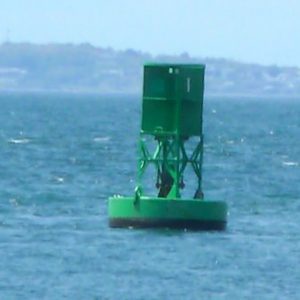
Prospect Park Lake, Brooklyn, New York (2012) est tiré d’une collection de performances de Stones/Water/Time/Breath (www.stonespiece.com), publiée par Wandelweiser Records en 2019. Composée en 2012, Stones/Water/Time/Breath est une musique jouée en plein air au bord d’un plan d’eau, avec des pierres, sur l’eau, de manière percussive, avec et sans silences, dans le cadre de la structure temporelle de la nature. La partition est disponible en plusieurs langues, dont le français et le chinois, sur le site associé. Cette interprétation inclut les interprètes suivants : Gelsey Bell, William Lang, Stephanie Richards, Jen Baker, Sara Schoenbeck, Ezra Taboul et Lucie Vitková. Il s’agit d’une performance donnée en 2016 pour la Fête de la Musique. Les performances sont devenues des événements mondiaux annuels pendant sept ans.
Prospect Park Lake, Brooklyn, New York is from a collection of performances of Stones/Water/Time/Breath (www.stonespiece.com), released by Edition Wandelweiser Records during the last week of 2019. Composed in 2012, Stones/Water/Time/Breath is music played outside at a body of water, with stones, on the water, percussively, with and without silences, within nature’s structuring of time. The score is available in many languages, including French and Chinese, at the companion site. This interpretation includes the following performers: Gelsey Bell, William Lang, Stephanie Richards, Jen Baker, Sara Schoenbeck, Ezra Taboul, and Lucie Vitková and is of a performance in 2016 given for Fête de la Musique. Performances became worldwide events for seven years annually.
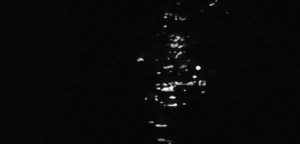
Electroacoustic Music
Feldman, Satieated et It Would Enter Invisibly (1997) sont de brèves incursions dans les « compositions échantillonnées » qui appliquent une organisation sonore à des contenus qui m’intéressent. Elles sont tirées d’une série que Morton Subotnick m’a commandé comme autant de portraits sonores alors que j’étais un jeune compositeur vivant en Californie, et qu’il a du reste intitulés Portraits. J’en ai écrit huit avant de clore la série. Bien que ces morceaux ne soient pas vraiment des portraits sonores comme There Was Only One of Her (Vivian Perlis), d’une manière plus profonde et plus ambitieuse, ils tentent plutôt de mettre en évidence le caractère d’un compositeur à l’aide d’échantillons de voix et de musique. Ils ne sont pas sans rapport avec les travaux ultérieurs de Peter Ablinger dans ce domaine, à la différence que composés en 1997, ils n’utilisent pas l’analyse spectrale et n’imitent pas la voix ; ils ont peut être le charme supplémentaire d’être inscrits, comme Menemsha Village, dans une esthétique lo-fi : ces Portraits ont été composés à l’aide d’un magnétophone 4 pistes et de cassettes. Largement diffusés et chorégraphiés pendant plusieurs décennies, notamment par Joan La Barbara peu après leur composition et par Stephanie Dixon, il a fallu attendre l’émission de radio de Ian Parsons à Melbourne, environ deux décennies plus tard, pour les entendre diffusées dans leur intégralité.
Feldman, Satieated, and It Would Enter Invisibly (1997) are brief visits into “sampling compositions” which blend sonic organization with content of interest to me. They come from a series Morton Subotnick named Portraits for me when I was a much younger composer, living in California. He heard a set of pieces like this one to compose and sure enough, I wrote eight of them before I stopped. While the pieces are not really sonic portraiture like There Was Only One of Her (Vivian Perlis) in a deeper, more ambitiously substantive way, they are instead trying to pinpoint the character of a composer subject using samples of voices and music. They are not unrelated to later work in this field by Peter Ablinger, although my pieces, written in 1997, do not use spectral analysis or mimic the voice; there is the added charm of knowing that, like Menemsha Village, there is a lo-fi aesthetic at work: the Portraits were composed using a 4-track machine and cassette transfers. These pieces have been widely broadcast and choreographed over several decades, notably by Joan La Barbara shortly after they were composed and choreographed by Stephanie Dixon, but it took the radio show of Ian Parsons in Melbourne perhaps two decades later for us to hear them broadcast as a complete set, although they could be choreographed this way as well.
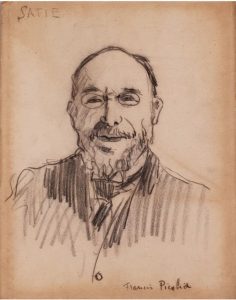
There Was Only One of Her (Vivian Perlis) est la plus récente des pièces de cette sélection pour webSYNradio. Achevée en 2020, cette pièce est ce que nous appellerions un « portrait sonore » de Vivian Perlis, fondatrice pionnière de l’Oral History of American Music, une collection d’histoires orales de compositeurs et de musiciens américains. En bref, l’œuvre utilise des extraits de la voix de Vivian, sélectionnés parmi des heures d’entretiens, et les combine dans une trame musicale qu’elle a eu l’occasion d’apprécier. Bien que différente des Portraits par son contenu et son ambition, cette musique dégage une énergie similaire. L’œuvre est désormais conservée aux archives Rodgers and Hammerstein Archives of Recorded Sound de la New York Public Library for the Performing Arts avec mes croquis, et est également disponible à titre privé auprès d’Instrumental Editions.
There Was Only One of Her (Vivian Perlis) is the most recent of the pieces of this selection. Finished in 2020, this piece is a what we’d called “sonic portrait” of the pioneering founder of the Oral History of American Music, a collection of oral histories of American composers and musicians, Vivian Perlis. In short, the piece uses samples of Vivian’s voice, selected from hours of interviews and combines them within a tapestry of music she had loved. While different than the Portraits in substance and ambition, this music emerges with a similar energy. The piece is now held in the Rodgers and Hammerstein Archives of Recorded Sound at the New York Public Library for the Performing Arts with my sketches and is also available privately from Instrumental Editions.
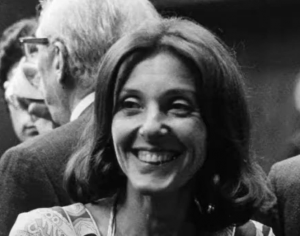
Ear Trainer (1996) est une pièce écrite avant Portraits, durant l’hiver 1996 à Montréal, au Canada, et qui s’en tient à l’esthétique lo-fi de ces pièces et de Menemsha Village. La pièce a d’abord été qualifiée d’« environnement sonore électroacoustique élaboré » dans les notes que j’avais prises à son sujet. J’avais 21 ans à l’époque, je ne m’en veux donc pas d’avoir eu peut-être une certaine prétention. Mais peut-être avais-je vu juste ? Comme les autres pièces électroacoustiques de cette sélection pour webSYNradio, elle a été composée avec beaucoup de soin en ce qui concerne la structure et l’interaction des éléments sonores, tout en accordant une attention égale au résultat musical. Comme le reste des sélections de ce podcast, la musique n’est pas un résultat théorique ou expérimentale au sens où peut l’être une pièce électroacoustique comme For Ann (Rising) de James Tenney.
Ear Trainer a été présentée ici et là depuis lors, notamment lors d’un festival dans l’Utah, le VU Symposium, dirigé par Katie Porter et Devin Maxwell.
Ear Trainer is a piece written earlier than Portraits, in the winter of 1996 in Montréal, Canada, and sticks to the lo-fi aesthetic of those pieces and that of Menemsha Village. The piece was first called a “constructed electroacoustic sound environment” in notes I had made to it. I was 21 at the time, so I don’t blame myself for perhaps having something of a pretension. But maybe I was onto something? Like the other electroacoustic pieces in this selection for webSYNradio, it was very carefully composed with respect to the structure and interplay of the sonic elements with equal concern for the musical outcome. Like the rest of the selections on this podcast, the music is not a theoretical outcome or an experiment in the way an electroacoustic process piece like James Tenney’s piece For Ann (Rising) is one. Ear Trainer has been broascast here and there since then, perhaps most notably at a festival in Utah, the VU Symposium, led by Katie Porter and Devin Maxwell.
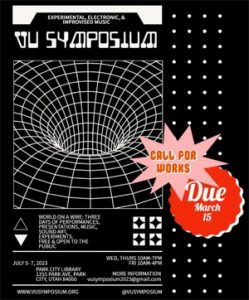
——
ÉLÉMENTS
Dean Rosenthal est un compositeur, interprète et écrivain américain spécialisé dans la musique, dont la pratique couvre la musique de chambre, la musique électroacoustique, les partitions graphiques, les field recordings et les notations verbales. Sa musique est jouée, diffusée, chorégraphiée et produite internationalement. Outre ses activités de compositeur et d’interprète, il écrit actuellement une histoire orale de la musique expérimentale américaine du XXe siècle pour Oxford University Press et un nouveau livre avec Franck Jedrzejewski sur l’harmonie visuelle et géométrique intitulé Looking at Chords. Ses partitions récentes, Soundwalking et Fifty One Stones, sont disponibles directement auprès de son label, Instrumental Editions, avec son catalogue complet. Pour plus d’informations
deanrosenthal.org
instrumentaleditions.com
stonespiece.com
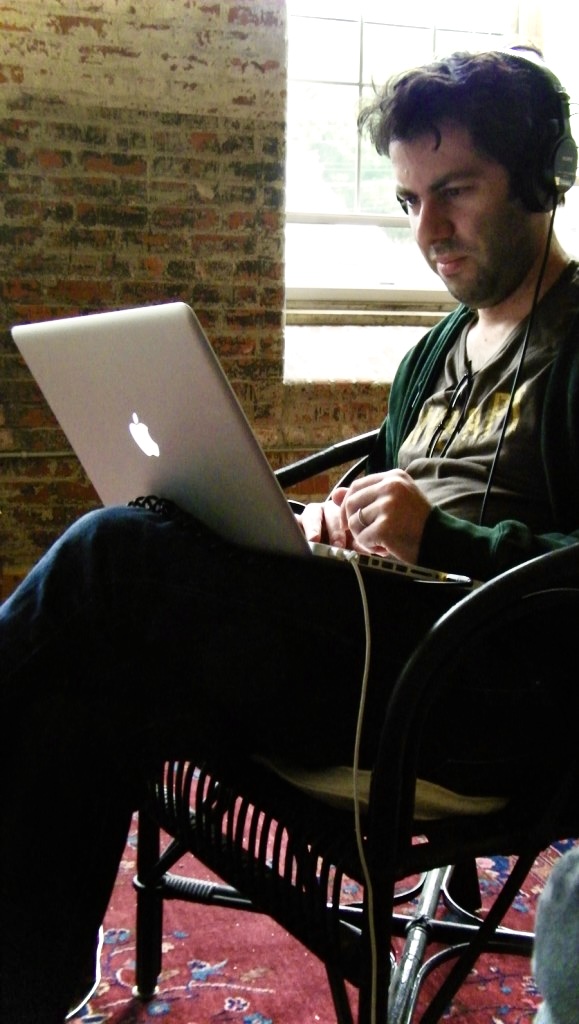
Dean Rosenthal is an American composer, performer, and writer on music whose musical work spans chamber music, electroacoustic music, graphic scores, field recordings, and verbal notations. His music is performed, broadcast, choreographed, and installed internationally. In addition to his composing and performing, he is currently writing an oral history of twentieth-century American experimental music for Oxford University Press and a new book with Franck Jedrzejewski about visual and geometric harmony entitled Looking at Chords. His recent scores, Soundwalkingand Fifty One Stones, are available directly from his imprint, Instrumental Editions, with his full catalogue. General details can be found at: www.deanrosenthal.org, www.instrumentaleditions.com, www.stonespiece.com
Ecouter le programme de Dean Rosenthal sur votre lecteur S’abonner au podcast
S’abonner au podcast
